
In the past, food banks often treated non distribution-based activities as ‘window dressing.’ Something bright and shiny for the pickier funders who don’t love trucks.
These programmatic activities were often viewed with some suspicion. Their outcomes were harder to measure than pounds. They were too ‘summer of love,’ while we were up to our necks in hunger, trying to deal with the ‘winter of discontent.’
The situation is changing, and you don’t have to be blissed out to be aware. These feed the line activities are moving increasingly into the mainstream.
What’s going on? Has someone slipped something into our pallets of Capri-Sun?

What has changed became clearer last month, when I attended the second biannual ‘Closing The Hunger Gap’ conference in Portland Oregon. The name is misleading – designed to lure in wary food bankers with the reassurance that the traditional language and attitudes towards hunger relief will be maintained.
But don’t be fooled! Read the small print.
The main focus of CTHG (the name’s even worse abbreviated) are all the initiatives that don’t fit into old school meat and (sweet) potatoes food banking. This includes food access / food justice / systemic change / food as medicine / nutrition / gardens / food hubs and more.
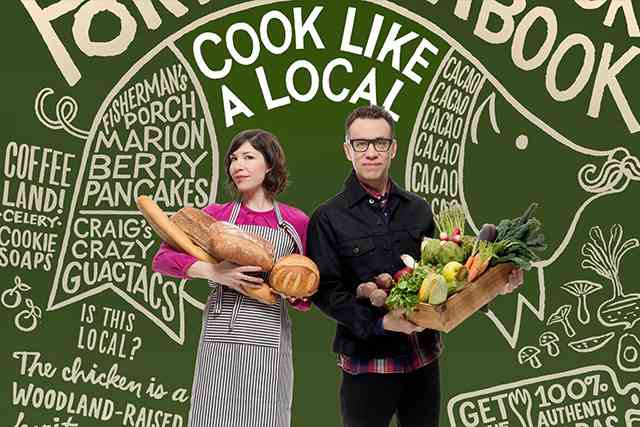
These areas are touched on in passing at other conferences, but at CTHG they’re front and center. This also means the event draws a wide variety of small and large organizations who operate in worlds beyond emergency food distribution.
It was a chance for us to come together to better understand and leverage the ecosystem of organizations trying to make progress in this field. The vibrancy and range of other organizations now working in the food access/justice and nutrition field is staggering. These organizations never had a warehouse of food to base their interventions around and so have had to develop different strategies. We have as much to learn as to teach.
The outside world has changed to move ‘shorten the line’ activities from the periphery to the leading edge of many food bank’s activities.
How’d that happen? One uncomfortable fact is a lack of sustainable success. We are not in the starvation business, where volume of food has a life or death impact. We are in the food security business. And plying that trade, we have largely failed to move the needle on national levels of food insecurity, despite heroic increases in the quantity of food distributed.
It’s not a stretch to conclude that classic food banking is an ineffective tool to sustainably lower food insecurity. Rather we have increased the levels of ‘food dependency.’
Food banks and member agencies have become de facto grocery stores for an increasingly poverty-ridden society. Instead of money, you pay for your food with your time by standing in line. Consequently we have carved ourselves an increasingly large niche on the lower tier of the national food chain. We are an artificial correction to the system.
I have seen this ‘new normal’ solidify over the last few years and not to mince words, it sucks. I didn’t sign up to be a tool to facilitate the depression of wages to maximise shareholder value. Are we asking people for money to feed people or to fuel the business of those who do want to , or believe themselves able to pay their workers enough money to survive on?
Whatever your feelings on this issue, the reality of the situation is that food banks have benefitted enormously from this situation. It has meant more resources and more security for our organizations.
We have felt good about bringing more food into the system figuring we will eventually reach saturation point and ‘solve hunger.’ I’m not convinced that we will ever get to that point with our current strategies.
In the past, we often built elaborate self-justifications about why we didn’t get involved in what happened to distributed food once it left our care. “We just provide the food, we don’t get involved in all that complicated stuff.” If the member agency wasn’t poisoning or purloining and those pounds were going out the door, then we were good.
Our ability to get away with taking this approach has steadily, almost imperceptibly been slipping away. It started, strangely enough with SNAP outreach. Remember when food bank involvement in this venture was considered a sinister plot to sap and impurify our precious bodily fluids?* That situation changed in a remarkably short time.
Of course, many food banks already have comprehensive plans linked to reaching poverty and health goals that are consistent with the real world need in their service area rather than traditional metrics or performance benchmarking. ( I can think of a couple of examples fromnortherly cousins in California such as San Francisco and Alameda). (Check out the links to these plans)
Just as it happened with SNAP, I think we’re going to see the same rapid uptake in other activities:
- NUTRITION AND FOOD LITERACY EDUCATION at all levels and in all client ages and interactions;
- INCREASED LOCAL COLLABORATION to allow food to leverage other longer-lasting improvements in people’s lives (building social and community capital, training and job creation, health and housing);
- FOOD AS MEDICINE to keep health compromised clients living more productive lives, through the right type of food;
- A NATIONAL ANTI-POVERTY COALITION. We will do the painful work to ensure that bottom up and top down efforts coordinate in powerful new social campaigns to address poverty and its root causes.
Are these my fantasies, or are they going to come to pass?
You only have to look at how Feeding America has pivoted to capitalize on this new situation.
The writing on the wall has been there from large national foundations for a couple of years now. They’re tired of supporting an endless war on hunger that had no end-game. The C4C (Collaborating for Clients) work and its offshoots is a direct result of this shift in funder priorities.
The food as medicine approach is gaining traction in the diabetes area and in other public health-style interventions. The affordable care act has provided a slow but seismic shift in the preparedness of healthcare providers to consider us as partners, however patronizing or wary they may be! The initial BMS funded study with FA foodbanks is bearing fruit around the country. At last our network has generated health specific data and we have to leverage it to the hilt.
The Feeding America network’s ‘meal gap’ focus has resulted in the conclusion that only fresh produce as can fill that gap. Despite territorial squabbles about who’s turnip is who’s. (And as a ‘net exporting’ county, I’m more of a squabbler than most!) this emphasis has already improved the levels of ‘Foods 2 Encourage.’ We are at a transitional point now where the new stats are being used as a fig leaf to hide the nutrient poor quality of other foods passing through our system. This situation will eventually correct itself as food manufacturers increasingly target the lucrative ‘health’ market.
As we were talking about gaps, there is still an ‘education gap.’ Given the increased emphasis on fresh produce, it demands a comensurate increase in the focus on the education that will allow people to want to cook more produce. Unless we do this, we might as well toss all this new produce away in the dumpster and save our clients the trouble. This represents an, as yet, unseized opportunity on the national level. To match the focus on produce with an equal focus on ensuring it makes it the ‘last mile’ into the mouth of growing child or shrinking adult.
The final of the four areas of the ‘shorten the line’ activities that I identified earlier in this article is the one that represents the biggest unturned key of all – the coordinated anti-poverty movement.
Feeding America has had a fitful relationship with frenemies like ‘Share our Strength’ and others. There was also the fear that by partnering in a deep way with non-food focused entities we would lose our USP (and the funding that comes with providing food – something that people riot in the streets about if they don’t get enough of . This has always focused the minds of politicians of all stripes.)
We have arrived at a moment of opportunity with a new leader taking on the CEO function at Feeding America. Is it going to be more of the same or are we going to have a leap of the imagination as to what is possible for us to achieve?
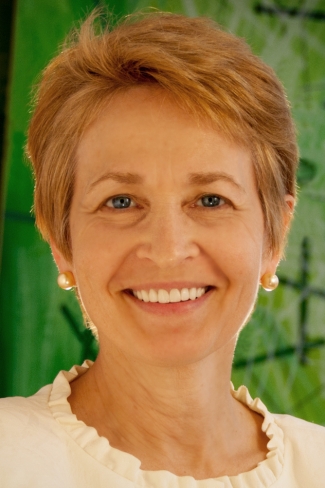
I encourage Diana Aviv to grasp this opportunity and run with it. CTHG has shown on the local level how food can be a way of leveraging other longer-lasting interventions in people’s lives. The same is true on the national level. Let us leverage the billions of pounds of food the network brings to the table, to forge a greater coalition of those who want to address the trap of poverty that so many are consigned to.
I’m sorry to give you indigestion, but this may involve issues such as minimum wage reform and campaign finance reform, so that people can provide for themselves and invest in their own communities, and also so we have political decisions that reflect the will of the many, not the road block of the few.
Sometimes the battles pick us.
I hope to see you at the next CTHG conference. Don’t just send your staff next time, come yourself. You will be inspired and stretched. There is a whole other world out there and it provides a key to improving the lives of those we serve and work with for the long-term.
Oh and don’t worry, the conference name is going to change.
* You win a free gluten-free Krispy Kreem donut if you picked up on the Doctor Strangelove reference.
Chan


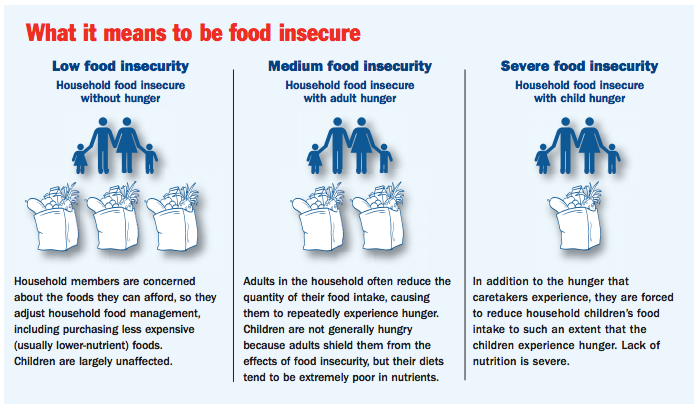
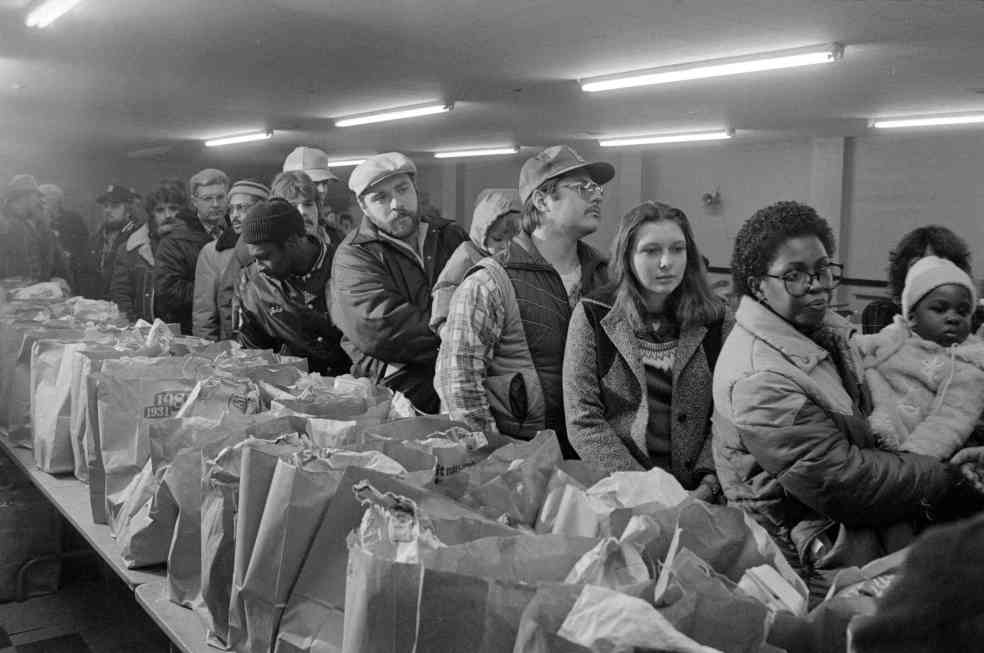
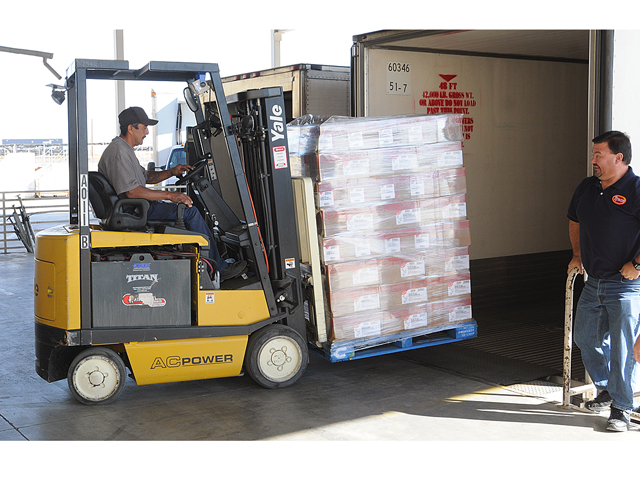
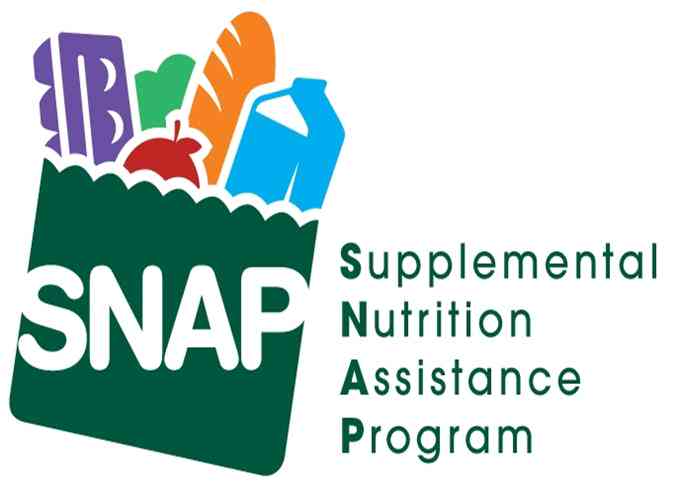
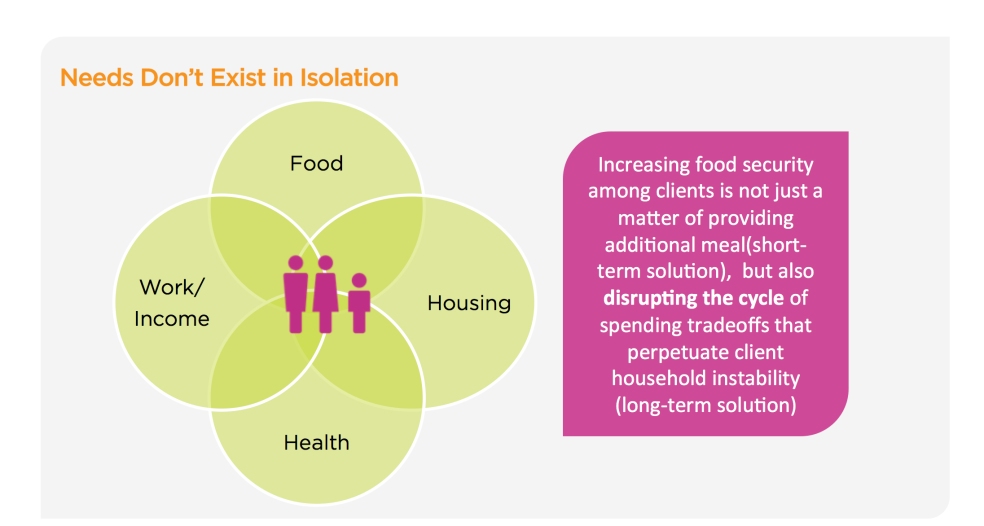
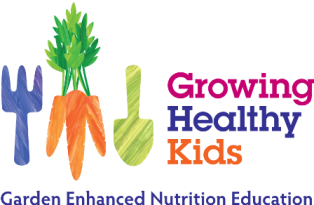

Thanks for your insights and opinion. You make important arguments. Thank you
Extremely reasonable arguments and certainly a major challenge to food banks throughout the country. I believe that you can’t solve hunger without focusing on the root causes of poverty, homelessness, underemployment, immigration status, social injustice, and the changing political landscape in America. This was Harry Chapin’s focus when he founded Long Island Cares, Inc. in 1980. Food banks must focus on the needs of people as aggressively as they focus on a goal of increasing the total number of pounds of food they distribute to those in need. Thanks for sharing this piece Erik.